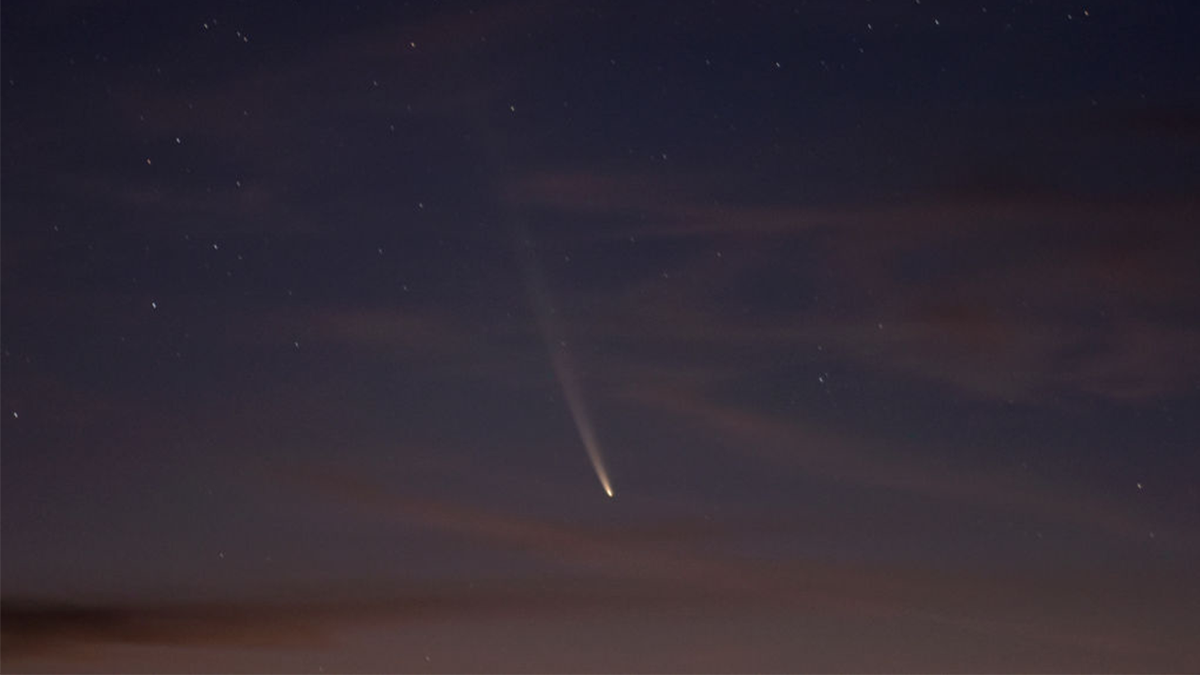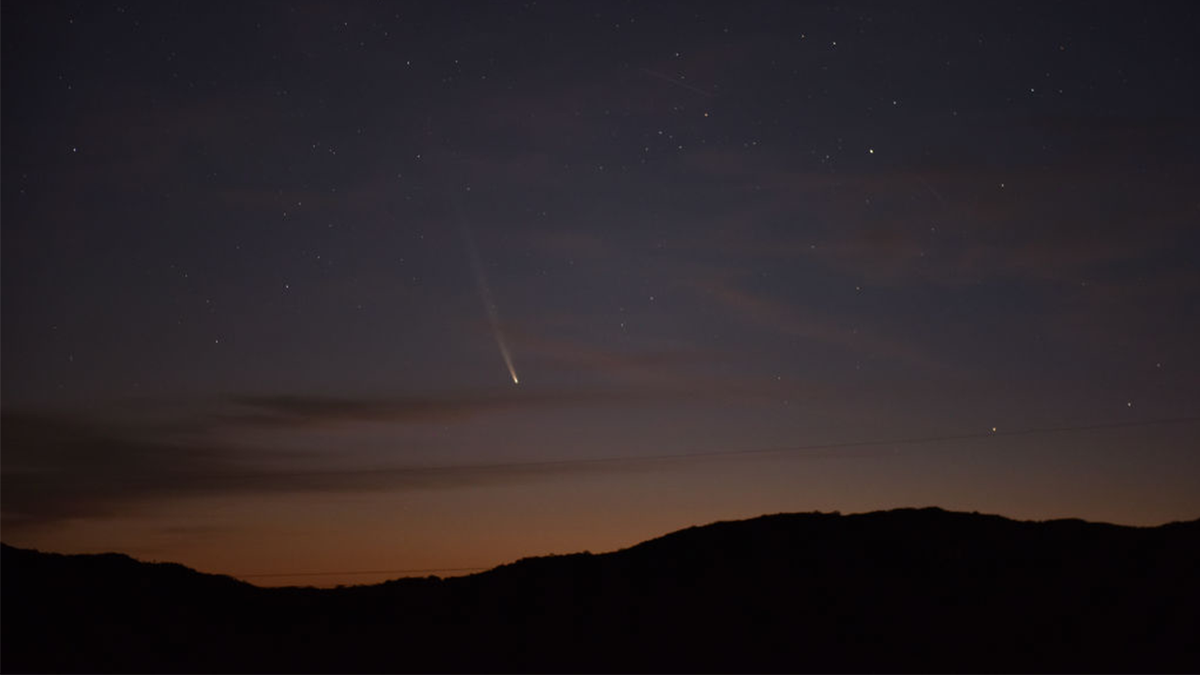We support our Publishers and Content Creators. You can view this story on their website by CLICKING HERE.
A comet not seen for more than 80,000 years will be visible from Earth, potentially during two separate time periods over the next month.
Comet Tsuchinshan-ATLAS, also known as Comet A3, is believed to have an orbit around the sun of more than 80,000 years, according to earth.com.
The comet was first visible starting on Sept. 27 and will continue until shortly before sunrise on Oct. 2. It is expected to appear like a fuzzy ball with a tail stretching across the sky.
“C/2023 A3 has an orbital period of approximately 80,000 years, classifying it as a long-period comet. This means its behavior and appearance can be unpredictable, with potential changes in brightness and tail development as it approaches the sun,” Minjae Kim, a space expert in the University of Warwick’s astronomy department, told earth.com.
SPACEX LAUNCHES MISSION TO SPACE STATION THAT WILL BRING BACK STRANDED NASA ASTRONAUTS NEXT YEAR

Comet C2023 A3 Tsuchinshan-Atlas is seen over the hills near the village of Aguas Blancas, Lavalleja Department, Uruguay, at dawn on September 28, 2024. (Getty Images)
“If predictions hold, it could be visible to the naked eye, appearing as a fuzzy star with a tail stretching across the sky. Otherwise, binoculars or a small telescope may reveal more detail in the comet’s structure and tail,” Kim added.
Sept. 27th also marked perihelion, or closet point to the sun, after which the comet will begin its trip back to the outer solar system, according to WKMG.

Comet C/2023 A3 (Tsuchinshan-ATLAS) appears in the sky over Molfetta, Italy, on September 28, 2024. (Getty Images)
Another viewing opportunity, which is expected to have better visibility, will be in the middle of October if the comet survives the trip around the sun, as comets will often break apart as they move closer to the sun.
If the comet survives the trip around the sun, the comet could be visible with the naked eye as it becomes its closest to Earth, with its best visibility expected from Oct. 12 until Oct. 20.
GEOMAGNETIC STORM EXPECTED TO HIT EARTH FOLLOWING AUTUMNAL EQUINOX

Comet C2023 A3 Tsuchinshan-Atlas can be observed over the hills near the village of Aguas Blancas, Lavalleja Department, Uruguay, at dawn on September 28, 2024. (Getty Images)
CLICK HERE TO GET THE FOX NEWS APP
The comet will move higher in the sky each night until it disappears for the next 80,000 years.
Starwalk, an astronomical app for stargazers, said this comet is the “most anticipated comet of the year.”

 Conservative
Conservative  Search
Search Trending
Trending Current News
Current News 





